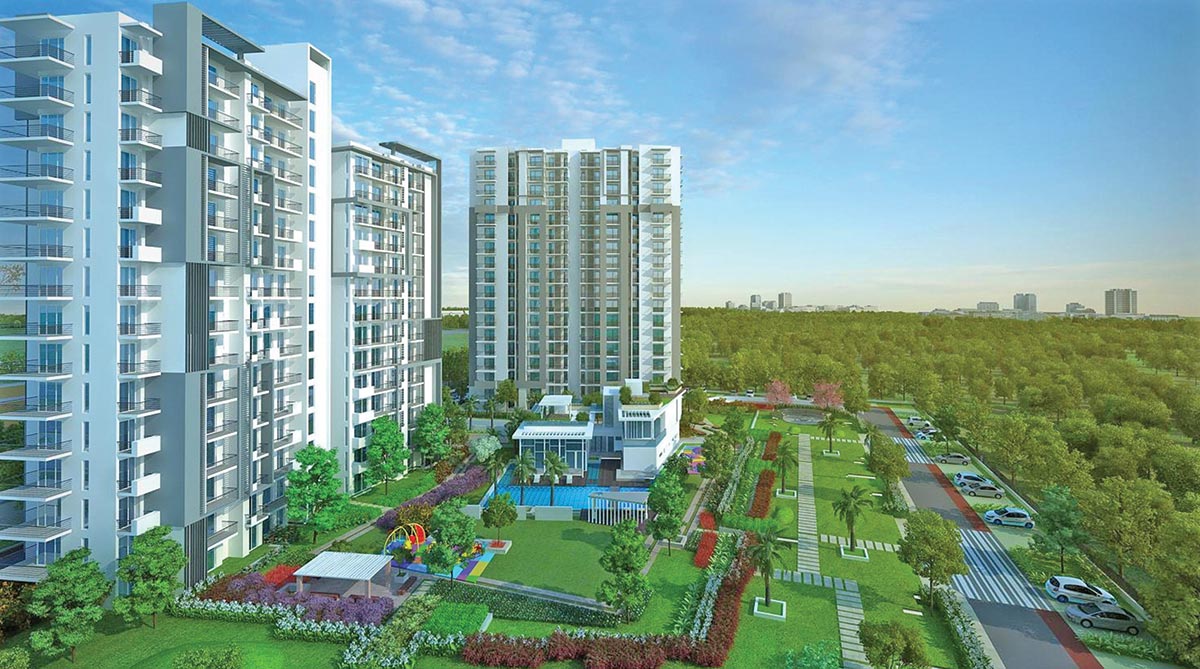
Architecture in any country is a mirror of the phase of development it is going through. There is always a need to find sustainability in construction, and to make it capable of coping with the distress that any building is exposed to. The answer can surely be found in our heritage buildings that have put India on the highest pedestal of quality and creativity in the field of Art and Design.
Indian Architecture has always drawn global interest and curiosity because of the magnanimity of the designs and the artistic creations. Our ancient architecture reflects the influence of the Hindu dynasties, and of the Mughal and the British rulers. There is a varied mix of baroques, monuments and modernistic buildings so much so that one can actually point to a building as a representation of the era it was built in.
Today, the influence of globalization can be seen everywhere and is inevitable in the future too. This can be seen reflected in the contemporary architecture of Modern India. Being world-class is a trend in Indian architecture that every architect seems to swear by.
The British rule had the most visible influence on the architecture of Indian cities.
The British brought architects from their country to design and construct buildings of official importance, rail-routes, museums etc. But post-Independence, town planners had to make homes to accommodate the influx of migrants during Partition. The architects created houses for optimum functionality with a minimalistic design approach for delivering the basic amenities. On the other hand, the modernistic views of our first Prime Minister Pandit Jawahar Lal Nehru, came to be reflected in buildings where 1 percent of the cost of development was dedicated to art, sculpture and landscaping to enhance their aesthetics. So, the country’s architecture came to witness a classy amalgamation of traditional and royal designs alongside modern aesthetics.
 Proposed building, Navi Mumbai
Proposed building, Navi MumbaiIn design today, a premium is being placed on the aesthetics of the buildings.
With land prices going up, the flat system in residential housing began to evolve as a modern, urban living where all amenities are provided within gated communities. Their designs are not only minimalistic, but also support the multi-utilitarian needs.
When the first five-year plan was announced in 1952, a whirlwind effect was seen on architecture. Completing many projects with limited time and resources required the architects to bring realistic expressions into action. More and more buildings were made future-ready with reduced floor heights, absence of proper ventilation to accommodate the air-conditioner etc, with the result that the magnificent became replaced with what was considered simply relevant.
The design of shopping malls, offices, and other commercial establishments have undergone a makeover in sync with the emerging global tastes. Now, one can procure materials, technology and expertise from any part of the world and integrate global designs within the Indian environment. Architects can design structures to resemble that of Italy, USA or any other country and make world-class structures as per Indian climatic conditions, which are also sustainable and abide by Indian building laws and regulations.
Back to basics seems to be one of the latest trends in Indian Architecture.
The spaces are shrinking no doubt; but, there is increasing importance on living close to nature. The definition of modern is no more blindly following the West, rather, it is studying what the architects did in the past to make optimum use of natural resources.
The pressure to deliver projects within set timeframes is bringing readymade features into structures. Manufacturing building components is not the focus; but assembling them is. Technology is being embedded into the designs, and there is a tendency for designing geometrical/rectangular structures as per Vaastu experts. Environmental concerns are influencing building design to address issues like thermal insulation, radiation and reflection etc. Thus, it is environment-readiness that forms the base of ideas in present times.















